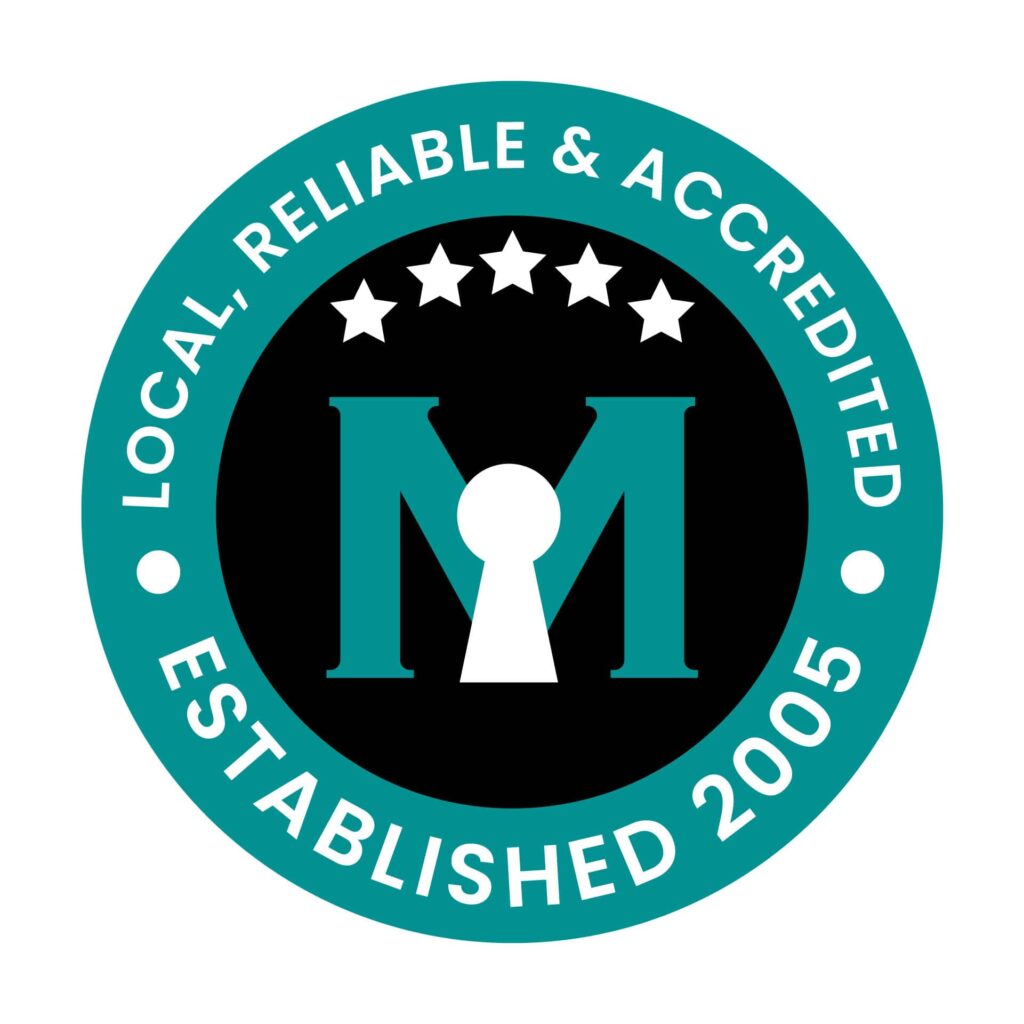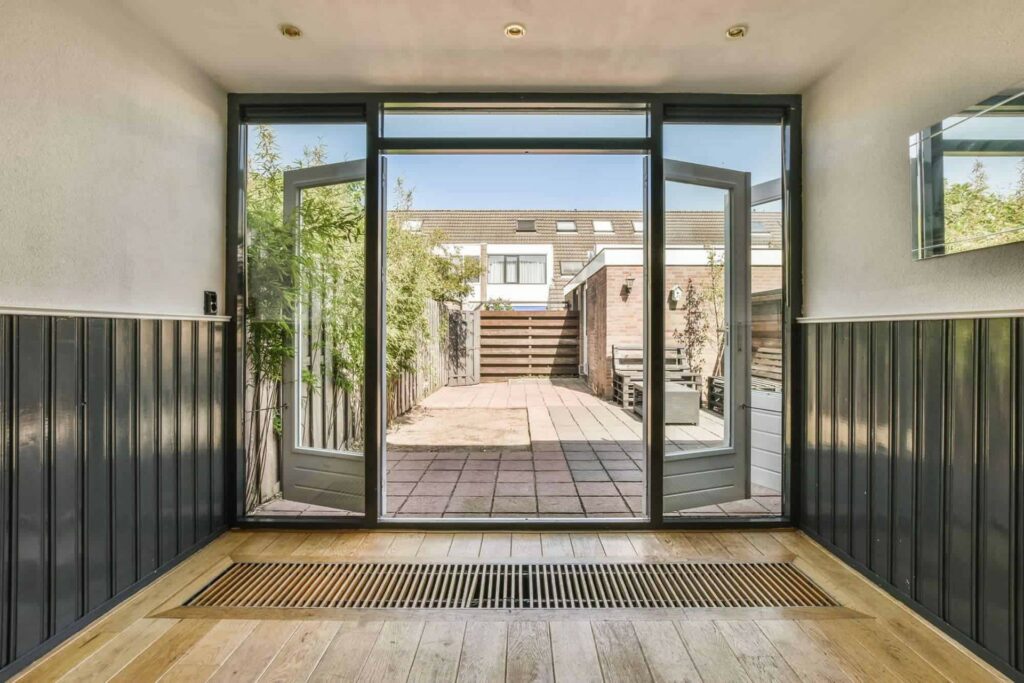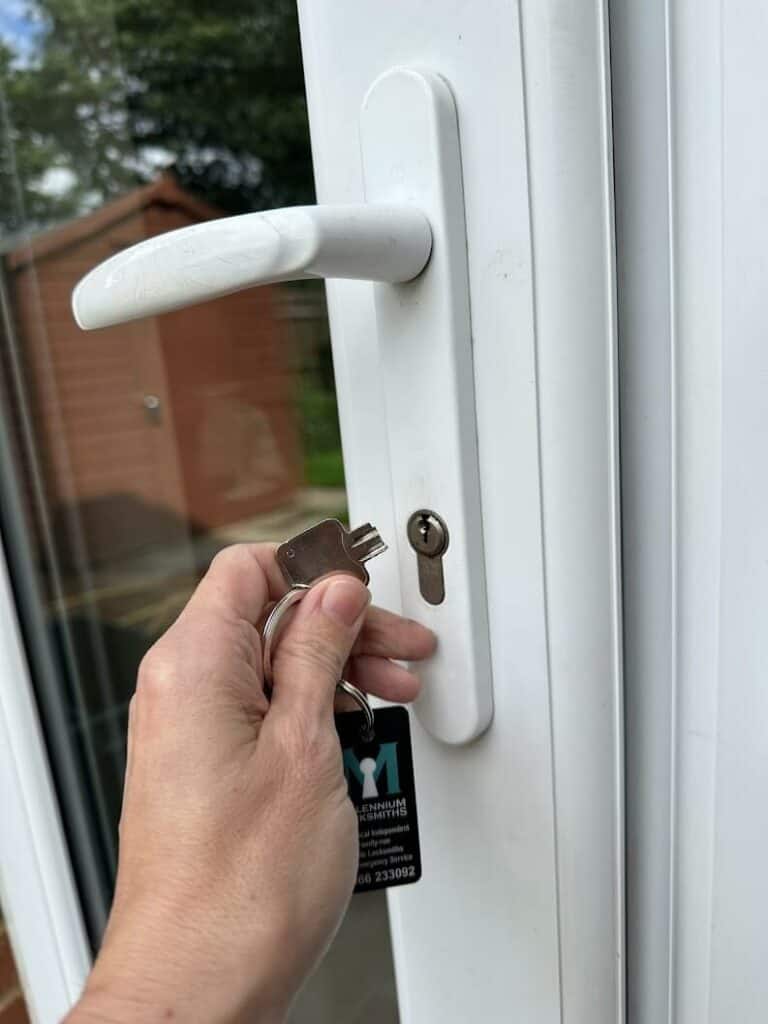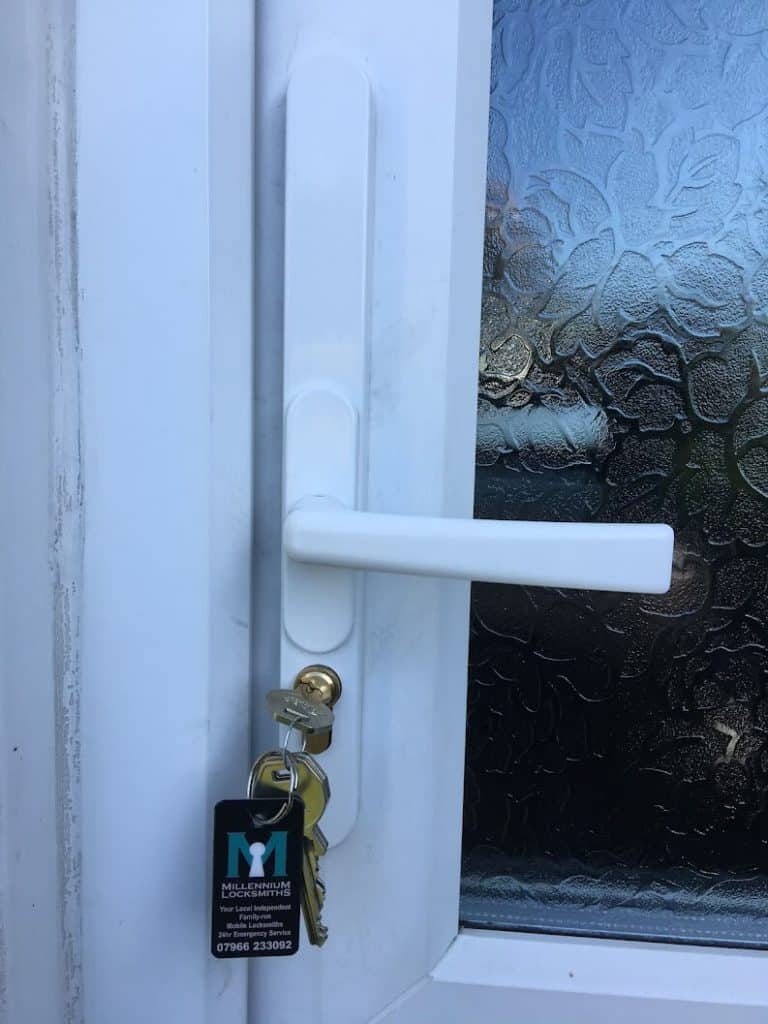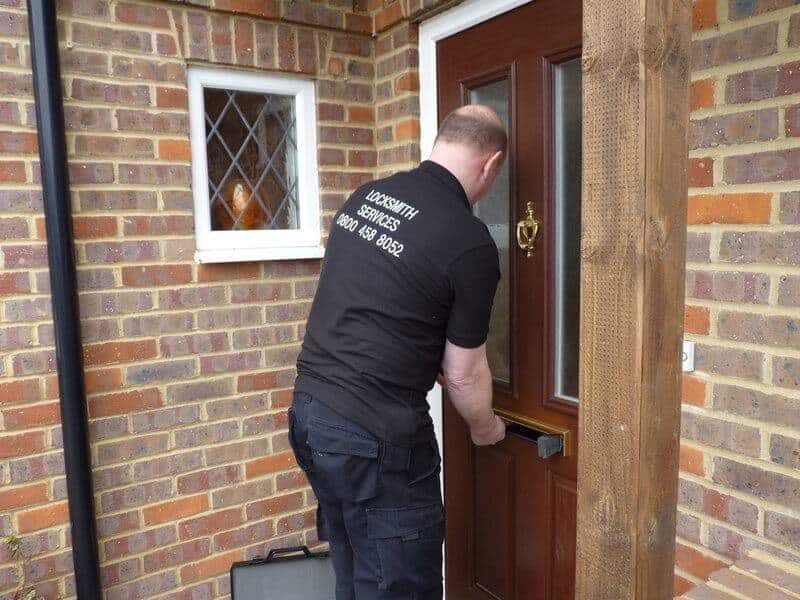Few things are more frustrating for homeowners than coming home to find their exterior door latch stuck. Whether they’re trying to enter or exit their homes, dealing with a stubborn door latch can be incredibly inconvenient. However, there are steps you can take to try and fix the issue yourself before you panic and call a locksmith.
A stuck exterior door latch can be frustrating and potentially dangerous. This problem can occur for various reasons, such as accumulated dirt, rust, or mechanical failure. If you find yourself in a situation where your exterior door latch is stuck, it’s crucial to address the issue promptly to ensure your safety and prevent further damage.
Table of Contents
Misaligned Strike Plate
Please ensure that the strike plate is aligned with the door’s latch mechanism. If it seems crooked or misaligned, use a screwdriver to loosen the screws holding it in place and adjust its position. Ensure that the strike plate is flush against the door frame, allowing enough clearance for the latch mechanism to move freely.
Rust Accumulation
One common reason an exterior door latch gets stuck is the accumulation of rust inside the lock mechanism. When the lock’s metal components come into contact with moisture, rust can form over time, interfering with the movement of the latch bolt and causing it to become stuck.
To address this issue, you can start by applying a lock-specific lubricant. Spray or apply the lubricant to the keyhole and around the latch mechanism to help loosen rust buildup and enhance its functionality.
Door Binding
Struggling to open or close a door because it’s catching on one side can be frustrating. There are a few possible reasons for this issue. It could be due to paint buildup or incorrectly installed hinges. Alternatively, seasonal temperature and humidity changes might cause the wood to swell and shift the door’s position.
To solve the problem, you can try scraping off excess paint or using a paint remover. After removing the paint, test the door latch to confirm the issue is fixed. If the problem persists, another underlying cause may need to be addressed.
Loose Hinges
Loose hinges are a common issue for many homeowners. The upper part of the door is where hinges tend to become loose over time due to regular use. To check if your hinges are loose, open the door slightly and lift the handle while pressing against the door frame. If you notice any movement or wobbling in the hinges, it’s time to take action.
The first step in fixing loose hinges is to try tightening the screws with a screwdriver. Sometimes, simply tightening the screws can solve the issue and stabilise the hinge. However, if tightening the screws doesn’t work or if you notice that the screw holes are torn, it may be necessary to use a different type of screw for better grip.
If, despite your efforts, the hinge continues to dangle or shows signs of severe wear and tear, it might be best to remove the door and replace the hinges with new ones. This ensures that your door operates smoothly and prevents further damage. When replacing hinges, choose high-quality ones that are compatible with your door size and weight.
Separating The Seams
The craftsmanship of old doors is genuinely remarkable. The sturdy framework, comprised of rows of vertical posts and horizontal rails, holds together recessed panels that create a sight to behold. While these doors were built to last, they can suffer from wear and tear over time. Gaps between the rails and panels are a common problem resulting from seasonal variations or construction flaws.
This problem can lead to further damage if left unaddressed, such as loose hinges or weakened joints. Fortunately, fixing loose hinges is a relatively easy solution that involves removing the doors and placing them on a supportive surface. By addressing any issues promptly, you can maintain the beauty and functionality of your old doors for years to come.
Jammed Latch
When it comes to your exterior door latch, rust can be a real nuisance. Moisture is the main culprit, as it can cause rust to accumulate within the lock and on the latch bolt, creating friction between the two metal pieces.
This friction can escalate with increased moisture, leading to a jammed latch. It’s frustrating to be unable to open your front door because of a simple issue like rust, but there are, thankfully, solutions to prevent this from happening.
Broken Internal Mechanism
If your door latch is stuck, it could be due to a broken spindle. The spindle connects the door handles on both sides of the door, so if it’s broken, the latch won’t work correctly. Start by removing the handles from both sides of the door. You can do this by unscrewing the screws on the handle’s faceplate and pulling the handle away from the door. After removing both handles, check to see if the spindle is broken. If it is, you’ll need to get a replacement.
Purchase a new spindle that matches the size and shape of the old one. You can find these at your local hardware store or online. Once you have the new spindle, slide it into place between the handles on each side of the door. Ensure that it is securely in place before reattaching the handles.

